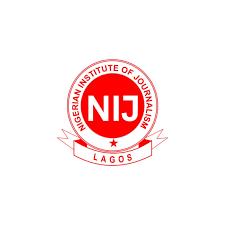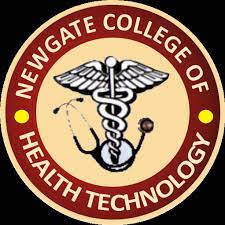Computer Science Keypoints: Cables and Connectors; In the rapidly evolving world of technology, the seamless flow of information is facilitated by an intricate web of cables and connectors. Whether in the realm of networking or computing, understanding the diverse types of cables and connectors is paramount for efficient data transfer and communication.
Study other Computer Science Keypoints here
This exploration delves into the intricacies of network cables and connectors, as well as computer cables and connectors.
Network Cables and Connectors:
(a) Identify different network cables and connectors:
- Cables:
- Twisted Pair: Utilized in Ethernet networks, twisted pair cables consist of pairs of insulated copper wires twisted together. They come in two categories – Unshielded Twisted Pair (UTP) and Shielded Twisted Pair (STP).
- Example: Cat5e and Cat6 cables.
- Coaxial: Coaxial cables have a central conductor surrounded by an insulating layer, a metallic shield, and an outer insulating layer. They are often used for cable television and broadband internet.
- Example: RG6 coaxial cable.
- Fibre Optics: These cables transmit data using light signals through optical fibers, providing high-speed and long-distance data transmission.
- Example: Single-mode and multi-mode fiber optic cables.
- Twisted Pair: Utilized in Ethernet networks, twisted pair cables consist of pairs of insulated copper wires twisted together. They come in two categories – Unshielded Twisted Pair (UTP) and Shielded Twisted Pair (STP).
- Connectors:
- RJ45: Commonly used for Ethernet networking, the RJ45 connector is associated with twisted pair cables.
- Example: Ethernet cables used in local area networks.
- 8311: A specific type of connector used in networking applications, known for its durability and reliability.
- Example: Used in industrial Ethernet applications.
- T-Connectors: These connectors are often used in networking to join three network cables together.
- Example: Used in Ethernet networks where branching connections are required.
- RJ45: Commonly used for Ethernet networking, the RJ45 connector is associated with twisted pair cables.
Computer Cables and Connectors:
(b) Identify different types of Computer Cables and Connectors:
- Cables:
- Power Cables: Transmit electrical power from the power source to the computer or its components.
- Example: Standard power cord used in desktop computers.
- Data Cables: Facilitate the transfer of data between devices.
- Example: SATA (Serial ATA) cables for connecting hard drives.
- Printer Cable: Links the computer to a printer for data transfer.
- Example: USB printer cable.
- Universal Serial Bus (USB): Versatile cables used for various peripherals and devices.
- Example: USB Type-C cable.
- Monitor Cable: Connects the computer to the monitor for video display.
- Example: HDMI cable for high-definition video.
- Serial Cable: Transmits data serially, typically used for connecting older devices.
- Example: RS-232 serial cable.
- Parallel Cable: Used for parallel data transmission between the computer and peripherals.
- Example: Parallel printer cable.
- Power Cables: Transmit electrical power from the power source to the computer or its components.
- Connectors:
- Male and Female: Male connectors have projecting pins, while female connectors have receptacles to receive those pins.
- Example: USB connectors with male and female ends.
- Male and Female: Male connectors have projecting pins, while female connectors have receptacles to receive those pins.

Conclusion:
In conclusion, the world of cables and connectors is intricate and diverse, serving as the backbone of our interconnected digital landscape.
Whether fostering network communication or facilitating data transfer within computers, each cable and connector plays a specific role, contributing to the seamless functioning of our technological ecosystems. Understanding the types and functionalities of these cables and connectors is essential for anyone navigating the realms of networking and computing.












